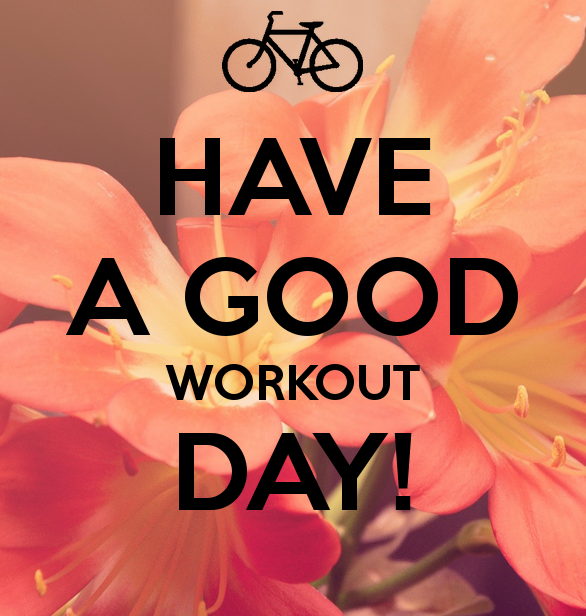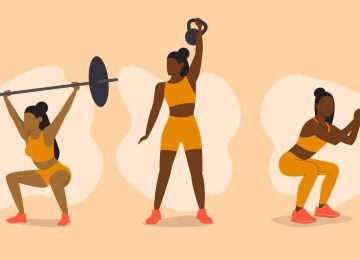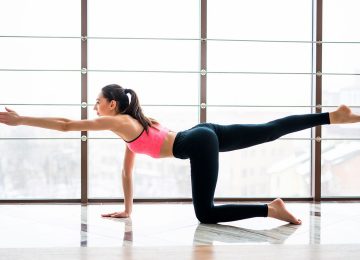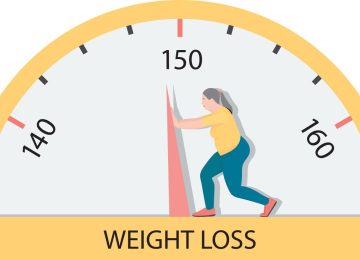Physical Signs of a Good Workout
As the women in the survey demonstrated, the first thing most of us use to size up our activity are physical signs. This isn’t a bad thing, and it’s pretty easy to do—but you want to remember that all of this is individualized.
“A ‘good’ workout is really dependent on what your goals are,” says Jill Kanaley, PhD, an exercise physiologist at University of Missouri. “If someone is overweight and finally gets out to do something, that’s a good workout.” But that person’s goals are very different from someone who’s in their 20s and works out regularly. Keeping that perspective, consider these four factors to help you rate your workout.
1. Your progress
Consider if you’re challenging yourself physically. This doesn’t mean adding 20 pounds to your deadlifts or running an extra mile every single workout. Even little steps can help your body improve over time.
Say you normally bench press using 20-pound dumbbells, and today you used 22.5s. That’s a “good” workout. Or, if you typically run three miles and today you walked an extra half mile, that’s a “good” workout. “The extra amount you add doesn’t need to be at a super high intensity,” Kanaley says, and you don’t need to increase your weights or milage every single workout. But when you hit a point when your norm feels easy, that’s when it’s time to strive for more in your workout routine.
2. Your energy level
Although some people love to feel exhausted after a workout, you should actually feel more energized when you’re done, says Jamie Shapiro, PhD, professor of sport and performance psychology at University of Denver. Otherwise, it might mean you’re pushing yourself too hard.
Getting your blood pumping can even stimulate your brain and help you wake up. Something as simple going for a walk can help boost your creativity and get you out of an afternoon slump. If you finish a sweat session and feel like you can take on anything life throws at you, then mark that as a sign of a good workout.












